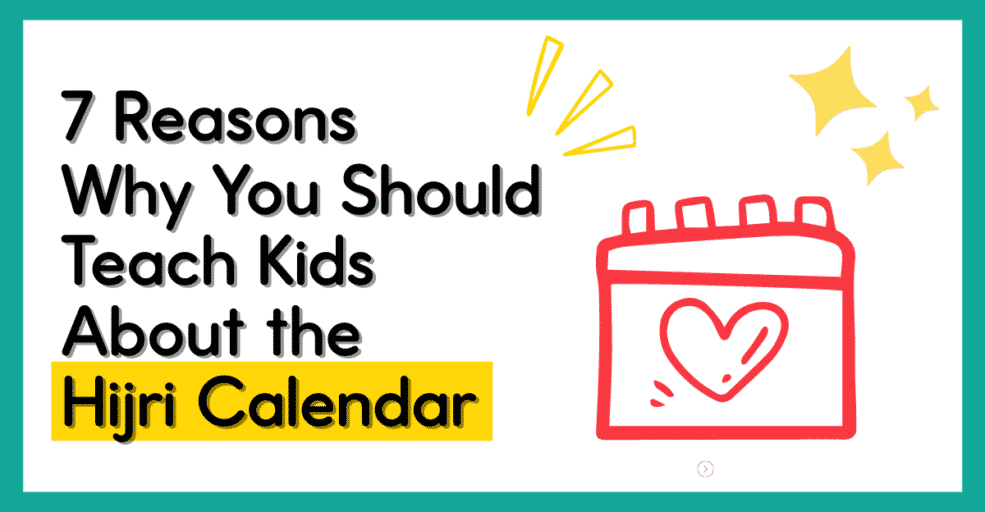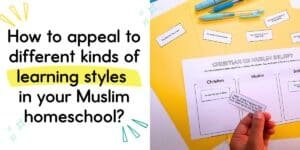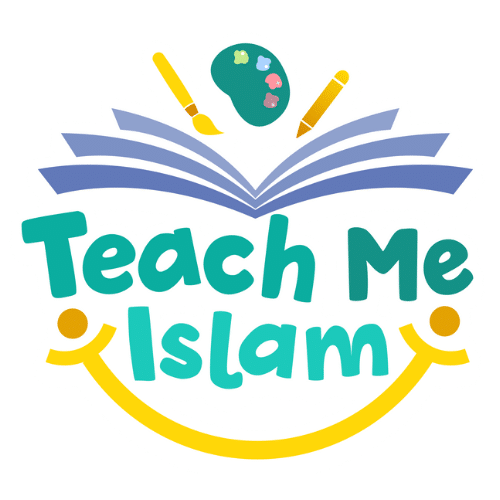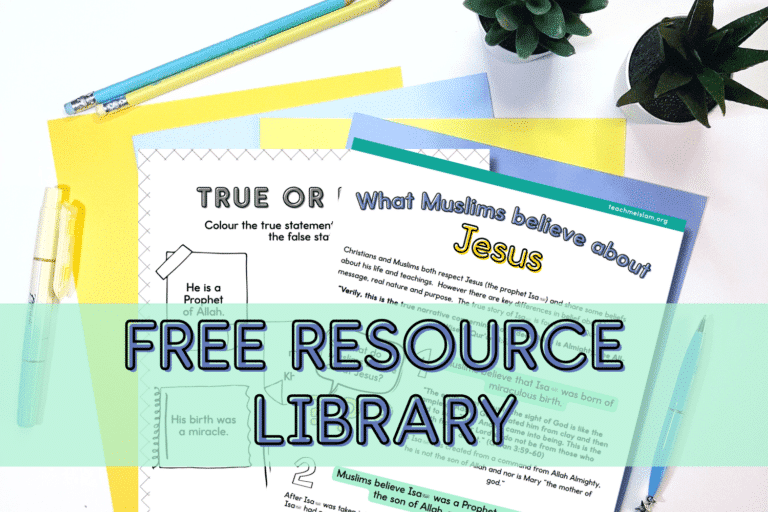What is today’s Hijri date? Do you know? Do your kids? If you are reading this in Ramadan, you might well know! But outside of Ramadan, we might not be so sure. The Hijri Calendar is deeply connected to our lives as Muslims and it’s important to help our kids establish a relationship with it from a young age.
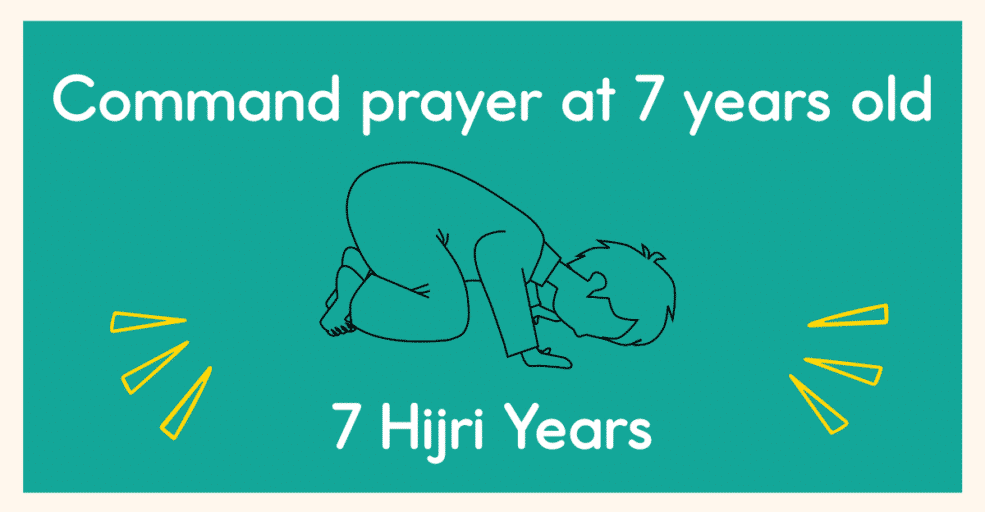
Salah is connected to the calendar
Several of the pillars are connected to the Hijri Calendar. We command our kids to pray salah from 7, but when do they turn 7? This is 7 Hijri years, not solar. You would be late in meeting this obligation if you waited until they reach 7 in the Gregorian calendar.
‘Amr b. Shu’aib narrated from his father from his grandfather that Allaah’s Messenger (salallaahu ‘alaihi wassallam) said:
“Command your children with the Salah at the age of seven, and smack them if they don’t pray at the age of ten. And separate their beds [at ten years old].” [Abu Dawood, 495]
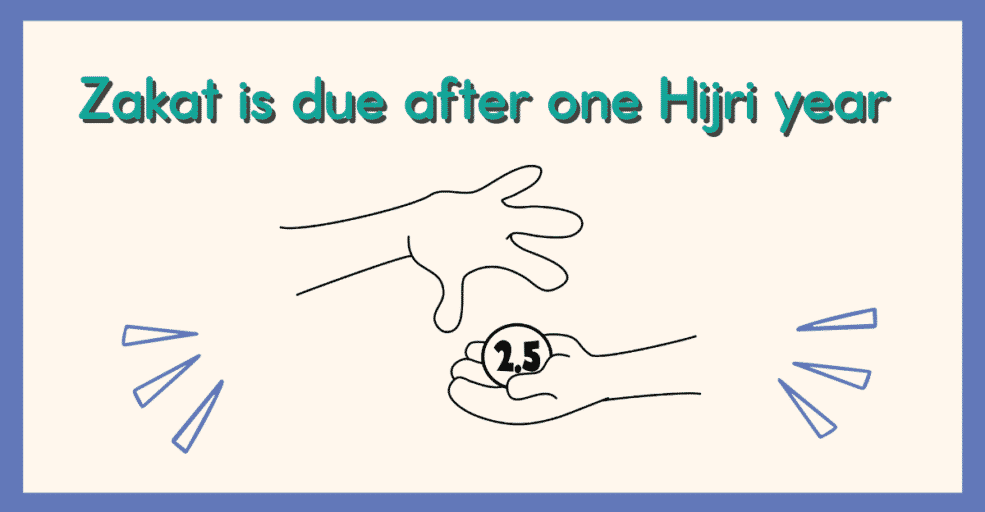
Zakat is calculated by the Hijri year
The third pillar Zakāt, is a duty for Muslims whose wealth has reached a minimum “threshold amount” that has been in their possession for a Hijri year. If you use the solar calendar you will be late every year and after 33 years, you will have missed an entire year’s zakat.

The two Eids have Hijri dates
The anticipation for Eid really builds up when kids have a sense of how close it is. When they understand Eid is in 2 months they get excited. In Muslim countries, the Ramadan gift displays seem to appear earlier and earlier but for a less commercial reminder, hang up your Hijri calendar in your home and see kids naturally start a countdown. All the fun and joy of Eid becomes associated with the Hijri dates.Zakat is calculated by the Hijri year
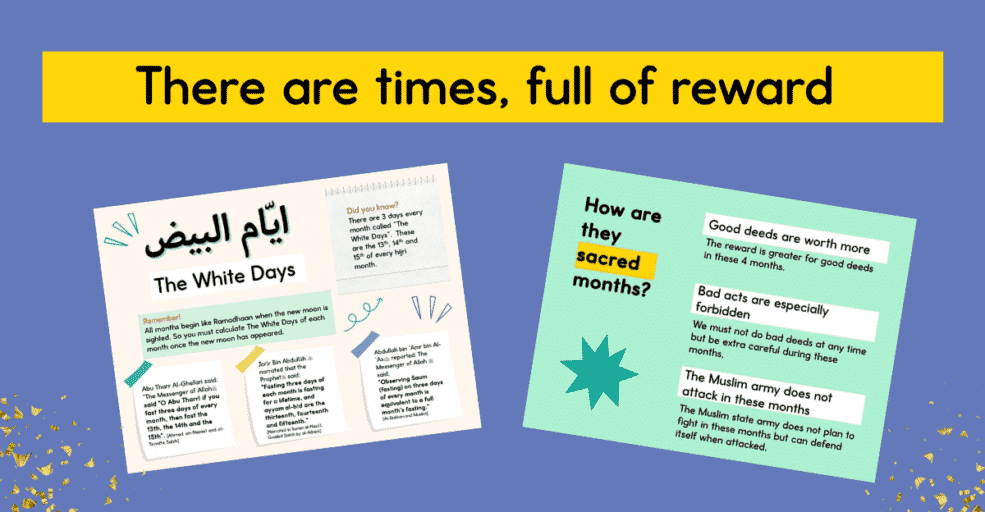
There are special times full of reward
There are lots of opportunities throughout the year that Allah has blessed us with to gain even more reward for actions. An example of this is the 4 sacred months, where the weight of both good and bad deeds is heavier on the scales. In addition, there are recommended acts of ibaadah such as the 3 white days of every month wherein fasting is recommended. Abu Tharr Al-Ghefari said: “The Messenger of Allah (may Allah raise his rank and grant him peace) said “O Abu Tharr! if you fast three days of every month, then fast the 13th, the 14th and the 15th”. [Ahmad, an-Nasaa’i and at-Tirmithi; Sahih]. If you didn’t know when the Islamic month began, you would miss out on this sunnah. There are other significant days such as the day of Aashura where fasting expiates for whole years worth of sins (Bukhari 4680).
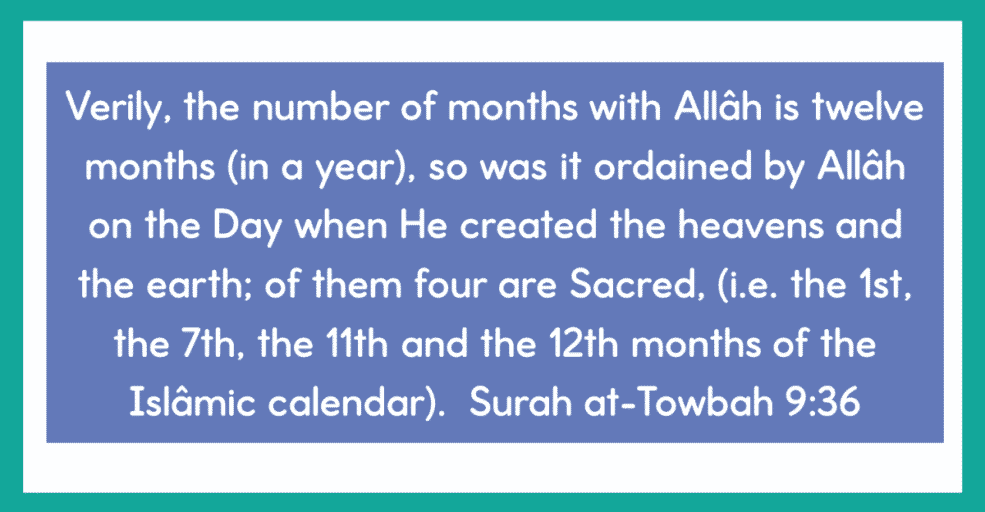
Allah created the 12 months
Allah created the 12 months of the Hijri calendar when he created the heavens and earth. It is the original and oldest calendar. When your life seems to be scheduled according to the Gregorian calendar, it is easy for kids to feel like that is THE calendar and the Hijri calendar is an ‘extra’ one. However, the Hijri months predate all other systems and sharing the ayat in the Qur’an where we are informed this and discussing this idea with your kids is a great way to correct any misunderstandings.
Connection to the Ummah
The Muslim ummah uses the Hijri calendar. In Muslim countries, government workers are paid according to it, announcements are dated by it, school holidays are aligned with it. Connecting your kids with the Islamic Calendar is a way of connecting them with the wider ummah. Even when you live in a Muslim country, the Gregorian calendar is so ubiquitous that it can be easy to forget to prioritise the Hijri Calendar in your family culture. By making a commitment to using the Hijri calendar, you are aligning your family with the wider Muslim community.

Understanding of the Seerah
Reading about the Seerah of our Messenger (may Allah raise his rank and grant him peace) can raise our eeman and grant us a greater appreciation of the sunnah, an increase of love for the Prophet and understanding of the virtues of the Companions. Knowing the names and the order of the Hijri months can help in understanding the seerah as there are understandably many references to months when significant events took place.
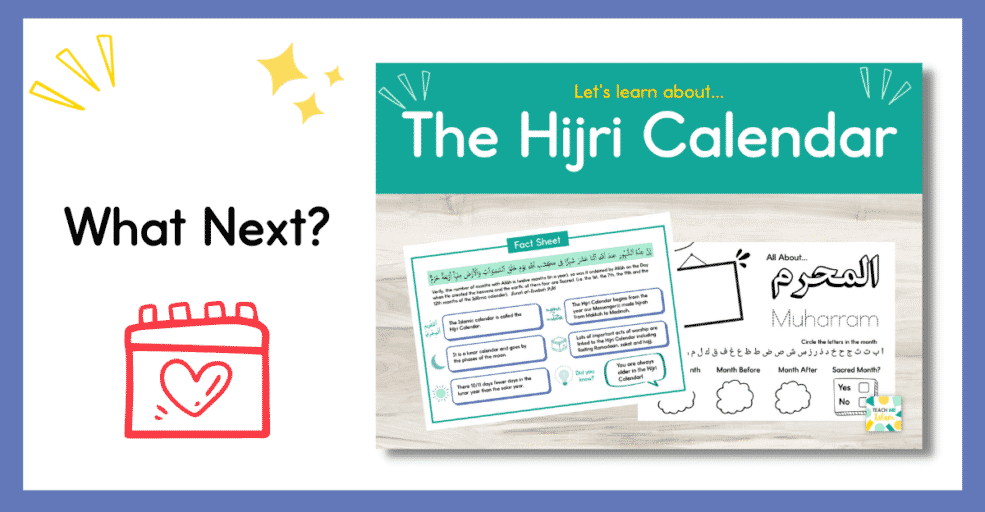
What and How to teach kids about the Hijri Calendar?
Now you know a few reasons for the importance of the Hijri Calendar. The next step is to plan what and how to teach your kids all about it. I have a blog post coming up all about these steps inshaAllah.
If you want a shortcut, then the Hijri Calendar Resource Pack is available in my Teachers Pay Teachers and Etsy shops.
It includes:
- Important information about the Hijri Calendar
- A fun and attractive presentation
- Printable pages to refer back to and display
- Fun worksheets to consolidate learning and check understanding
- A printable calendar with colouring pages
Check it out here on Etsy and here on Teachers Pay Teachers. I’ve tried to make it affordable so everyone can benefit but if it is beyond your current means then please e-mail me at teachmeislamtpt@gmail.com.
Join the mailing list here to download a biography pack about one of of the Noble Companions promised paradise, Abu Ubaidah bin Jarrah (may Allah be pleased with him) and gain access to the free resource library
Here are some other blog posts you may be interested in:
How to teach Islamic content all day long

